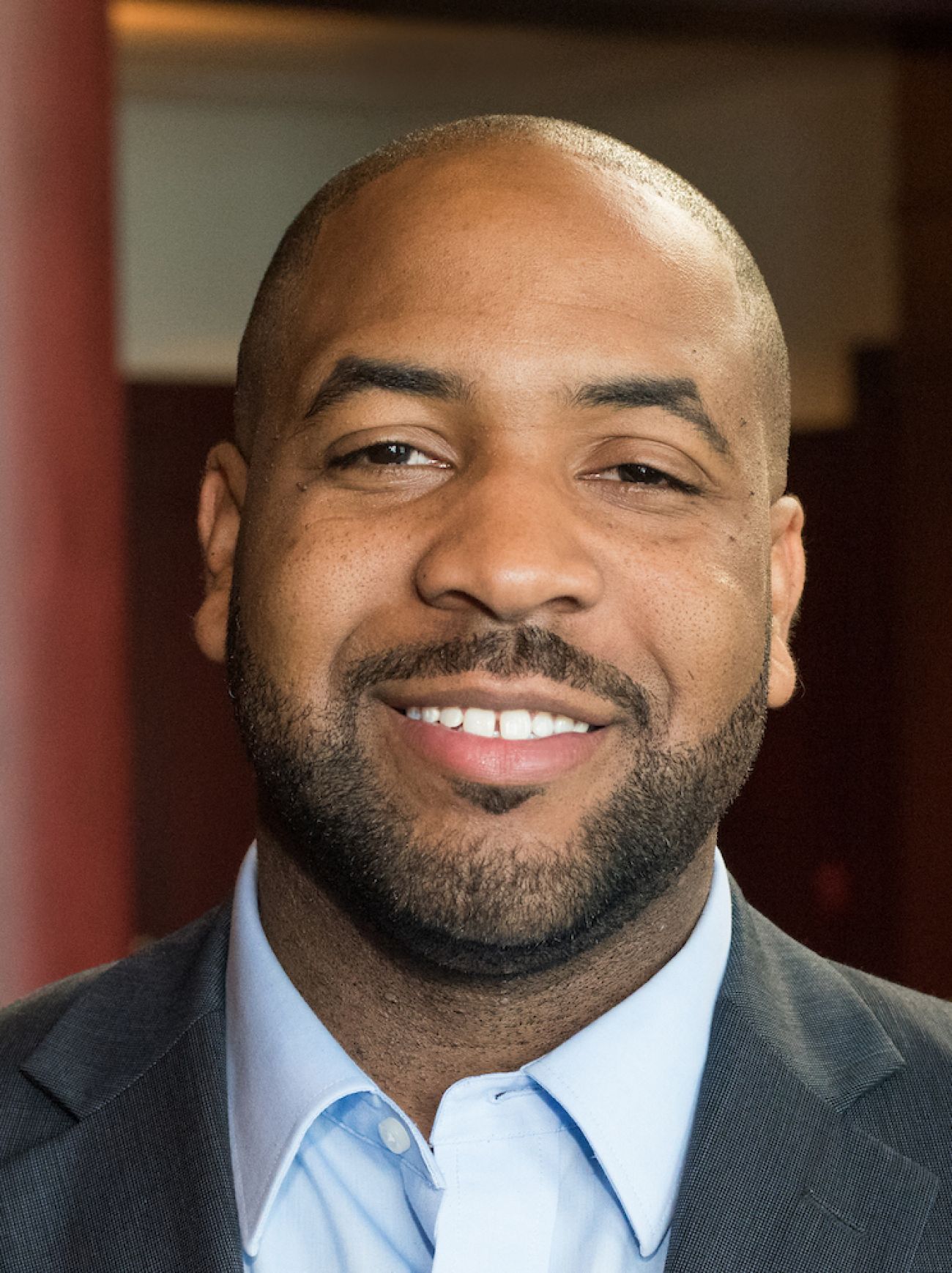Kids count, but to judge from Michigan’s well-being data, not very much


Michigan kids are still fighting an uphill battle, especially when it comes to education. Though there are pockets of promise, there’s still much work to be done across urban, suburban and rural communities alike. From my experiences in the nonprofit, governmental and philanthropic sectors, I have seen that too many children lack the programs and supports they need to flourish.
Understanding the problem takes facts. That’s where the Annie E. Casey Foundation’s national Kids Count Data Book comes in. The 2017 edition, released in June, ranks Michigan 32nd in the nation for child well-being, and in the bottom 10 states for education, ranking 41st. It is particularly concerning that Michigan is moving in the wrong direction on most indicators.
According to the Data Book, an alarming 71 percent of Michigan’s fourth-graders are not reading at grade level and 71 percent of Michigan’s eighth-graders lack proficiency in math. Though the rate improved slightly, 54 percent of Michigan children ages 3 and 4 did not attend preschool in 2013-2015.
Today’s students are tomorrow’s leaders, and when our kids struggle, our whole state suffers. Michigan lawmakers and the public and private sectors must take a collegial approach to do more to provide sufficient resources and support for schools and students.
In that regard, there have been several positive developments in the last few years. There have been expansions in early childhood programming, including preschool. And the state’s new third-grade reading law – though not perfect – outlines early interventions and strategies to help kids who struggle with reading.
In the just-passed state budget, there was increased investment in child care, more funding for at-risk students living in poverty, and support for the Pathways to Potential program. It is good to see Michigan’s fiscal policy begin to make the connections between early childhood development and future academic success, as well as the challenges that poverty poses on learning.
As Michigan continues to position itself to meet the ever-changing needs of children and families, the aforementioned can be recognized as a first down, not a touchdown. Many more strides need to be made. The 2017 Kids Count data shows that nearly half a million Michigan children – around 1 in 5 – live in poverty, and 17 percent live in high-poverty areas. Additionally, almost 700,000 Michigan kids – roughly one-third of the state’s child population – live in a family where no parent has full-time, year-round employment. While the state’s unemployment rate has improved, many parents are working multiple or seasonal jobs for meager wages and are one unexpected expense away from a financial crisis.
The book also reiterates that significant disparities exist for kids of color and those in high-poverty neighborhoods. Michigan has the highest rate of concentrated poverty in the country for African-American children and top-five highest for Latino kids. Children of color are more likely to attend high-poverty schools where resources are limited, classroom sizes are larger, walking to school can be unsafe and transportation is sometimes a barrier. Of fourth-grade students whose families have low incomes, 84 percent were not proficient in reading compared to around 60 percent of students whose families were not low income.
The 2017 Kids Count Data Book did have some bright spots. Far fewer children are uninsured in Michigan, thanks to the Children’s Health Insurance Program (CHIP) and Medicaid, and in part to the Healthy Michigan Plan and the Affordable Care Act. There are markedly fewer births to teens than in previous years. And on-time graduation rates for high school students saw a 23 percent improvement.
In order to improve child well-being and ensure that families in our state thrive, Michigan must expand two-generation programs that support parents and improve economic stability for families that are struggling to get by. We have to invest in our schools, communities and successful practices, policies, and programs that support work, like the Earned Income Tax Credit.
Our slogan at the Skillman Foundation is “Kids Matter Here.” We understand that we have to support our kids and provide quality education experiences, vibrant communities and economic opportunities to build a better future for our state. We have been committed to such change for nearly sixty years, and don’t plan on stopping any time soon.
As we continue our work to improve the lives of children, we’re grateful for the state and national Kids Count Data Books produced each year, helping us further our mission, assess public policies and inform Michigan policymakers.
See what new members are saying about why they donated to Bridge Michigan:
- “In order for this information to be accurate and unbiased it must be underwritten by its readers, not by special interests.” - Larry S.
- “Not many other media sources report on the topics Bridge does.” - Susan B.
- “Your journalism is outstanding and rare these days.” - Mark S.
If you want to ensure the future of nonpartisan, nonprofit Michigan journalism, please become a member today. You, too, will be asked why you donated and maybe we'll feature your quote next time!